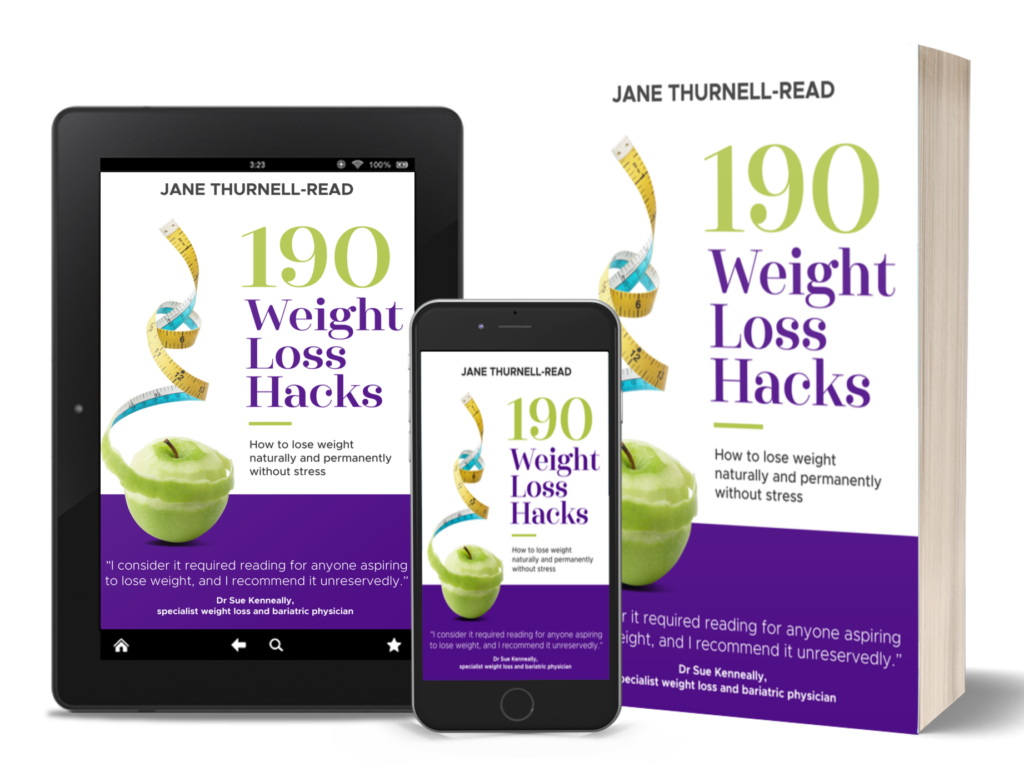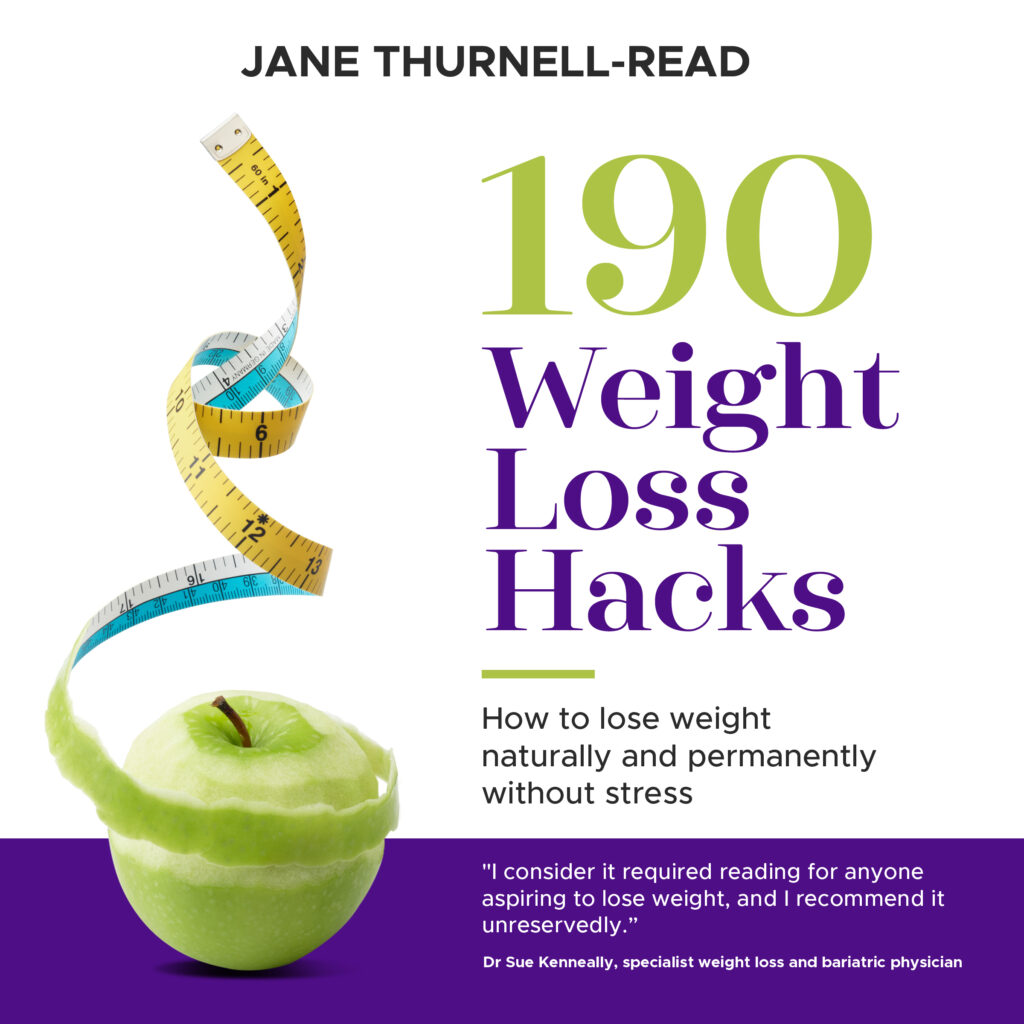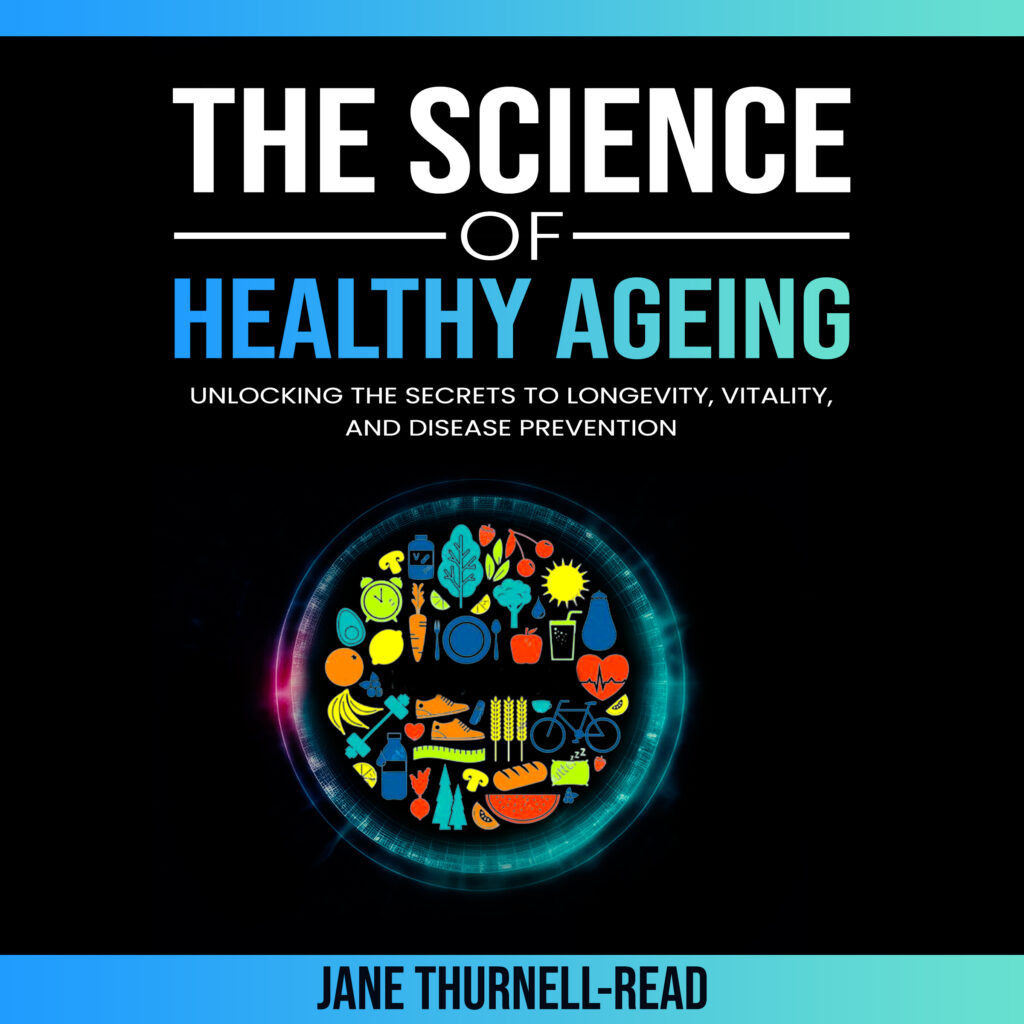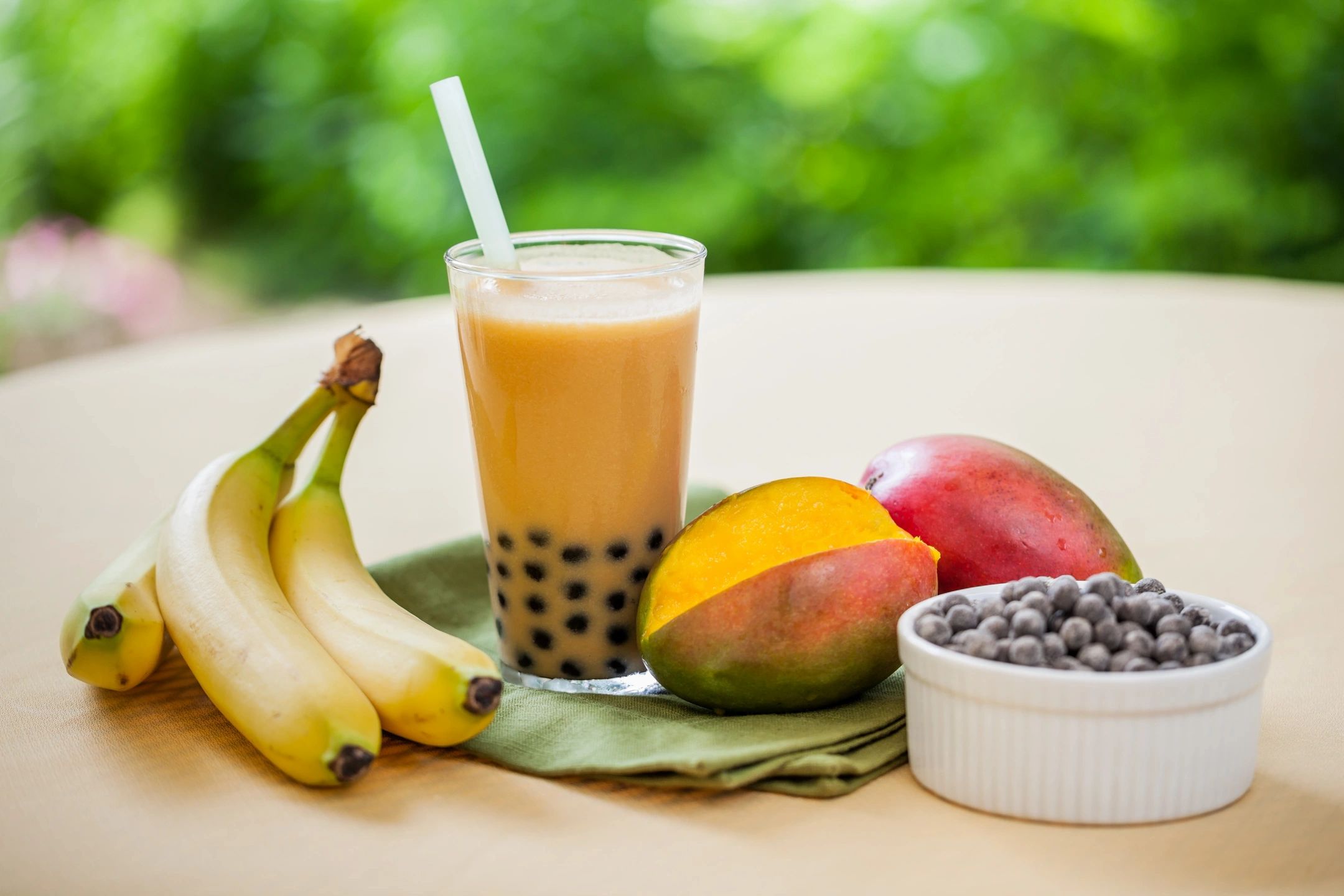Calorie density is a really important concept in understanding the food choices you need to make to eat a healthy diet. It’s also called energy density.
What is calorie density?
Think of it as the concentration of calories in a given amount of food. It’s the relationship between the energy a food item provides and its weight. Foods with high-calorie density pack a punch in terms of calories per bite, while those with low calorie density offer fewer calories for the same weight.
Chocolate, for example, has a higher density than lettuce, because it has more calories than the same weight of lettuce.
High-calorie density foods
These include nuts, seeds, nut butters, oils, fats, dried fruit, fatty fish, full-fat cheese, fatty meat, pastries, most fast food, many ready meals, milkshakes, icecream, etc.

“190 Weight Loss Hacks: How To Lose Weight Naturally And Permanently Without Stress”
Because a food has a high-calorie density, it doesn’t mean you have to avoid it completely. You can eat high-density calorie foods that aren’t particularly good for you occasionally.
If you look at the examples of high-calorie-density foods, you’ll see that some of them may be high in calories, but they also have a beneficial amount of nutrients. For example:
- 100 gm of French fries has around the same calories as 100 gm raisins, but French fries are high in unhealthy saturated and trans fats and low in essential nutrients such as vitamins and minerals.
- Raisins are rich in fibre, vitamins (such as B vitamins), and minerals (such as iron and potassium). They also provide some antioxidants.
- 100 gm of grapes will give you all the benefits of the raisins but have less than a quarter of the calories.
So, eat high-calorie dense foods with low nutritional content occasionally if you want to. But for healthy eating that’s not very day!
Include nutritious foods such as nuts, seeds and vegetable oils in your diet every day, but do be aware that portion control is particularly important for them.
Low-calorie density foods
Low calorie-density foods include fruits, vegetables, and whole grains. You can eat a lot without eating a lot of calories. The secret lies in their high water and fibre content, which helps you to feel full and, of course, contributes to overall health.
Incorporating more low-calorie density foods into your diet doesn’t mean sacrificing taste. It means filling your plate with colourful, nutrient-rich options that nourish your body while keeping your calorie intake in check.
Calorie density and weight management
Calorie density plays a pivotal role in weight management. This approach to eating promotes a feeling of fullness, making it easier to control portion sizes and reduce overall calorie consumption.
A PDF entitled “More Volume, Fewer Calories” from the University of Pittsburgh (USA) says:
“Research studies have shown that people tend to eat about the same amount or volume of food each day. It is the amount of food in your stomach that determines how full you feel.
“If you “volumize” your meals, you can eat more food. This will leave you feeling fuller and more satisfied.
“If you try to rely on just eating less, you may be left feeling hungry and deprived.”
In the same pamphlet, they advise:
- Add water to your meals via soups and stews
- Drink smaller portions of fruit juice by adding water
- Add fruit to your meal to increase water and fibre
- Begin your meal with a salad.
- Add legumes (beans/pulses) to your meals
- Use whole grains
- Use nuts in small quantities
This advice is born out (as you would expect) by the research.
Barbara J Rolls and colleagues from the US Pennsylvania State University looked at the effect of eating low energy-dense soup. They published their findings in Obesity Research:
“On an energy-restricted diet, consuming two servings of low energy-dense soup daily led to 50% greater weight loss than consuming the same amount of energy as high energy-dense snack food. Regularly consuming foods that are low in energy density can be an effective strategy for weight management.”
In another study published in the American Journal of Clinical Nutrition participants reduced their consumption by around 350 kcal a day without feeling hungrier by adding pureed vegetables to a meal.
Participants were fed a standard version of the meal (rated as 100%) or one rated at 85% and one rated at 75% energy density. Those eating the 85% density reduced their calorie consumption by around 200 kcal a day and those on the 75% regime had a reduced consumption of around 350 kcal. Over time this would lead to a significant weight loss and without feeling hungry all the time.
The idea of adding pureed vegetables to your meals may not be appealing, but there are other options that reduce the overall density of your meal, as the advice from the CDC shows.
Another study showed that eating low energy-dense salads at the beginning of a meal led to fewer calories being consumed overall. Low energy-dense salads are ones containing lots of vegetables such as salad leaves, cucumber, tomatoes. High-density salads, which won’t work to decrease your overall calorie intake, might contain pasta or meat.
Many ready meals have high-calorie density. If you’re choosing ready meals, check the serving size and the number of calories. Is that going to be satisfying or will you want to eat more? Remember if you eat more than the portion size, that increases the calories too! If you’re short of time, could you buy the ready meal and bulk it out with a leafy salad or some vegetables, so the quantity is more satisfying?
So, the takeaway from this is to eat more foods that are less dense. Less dense foods generally contain more water and/or fibre.
Fast foods and snacks tend to be high-density. Vegetables and fruit are usually low-density. Increasing your intake of fruit and vegetables has lots of other health benefits too.
Weight Loss
Naturally And Permanently Without Stress
- Research-based information about what works
- Simple mind-set changes
- Strategies you don’t already know

Healthy Ageing
Unlocking the Secrets to Longevity
- Research-based information to give you hope and inspiration
- Simple changes you can make now
- Information you don’t already know

Menopause
Stop Hot Flashes And Lose Weight
- Research-based information you need to move forward
- Get back in control of your health
- Practical proven strategies to love well

-
Can the Mediterranean diet ease IBS symptoms? New research
For those living with irritable bowel syndrome (IBS), the daily struggle of bloating, discomfort, and unpredictable digestion can feel exhausting. Finding the right diet to ease symptoms can be frustrating – especially when advice seems to contradict itself. However, a…
-
What’s on your tombstone?
I want to talk about when you die. Now, it’s not a very pleasant subject, but I want to talk about one particular aspect of it. Your tombstone. Okay, I know you may get cremated, or because of your religious…
-
Want to achieve your most important goals? Don’t share them!
How many times have you seen the advice that you should share your goals? Yep, tell everyone about your goals and you are more likely to achieve them. Obvious, isn’t it? It increases your accountability, and success comes with accountability.…




